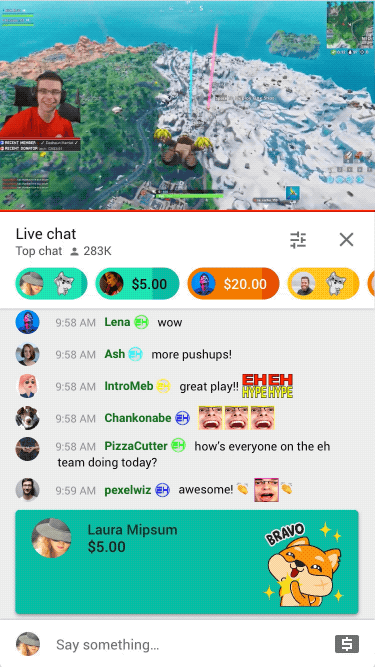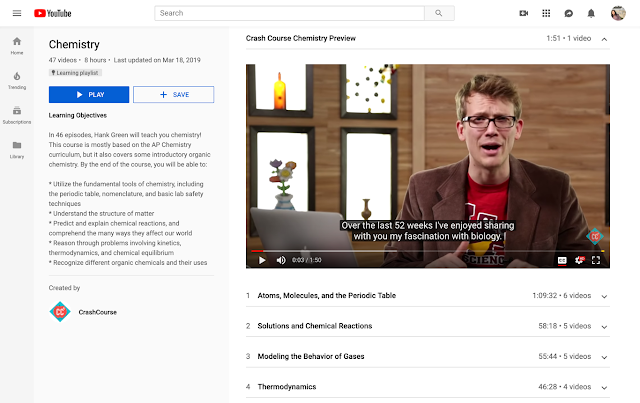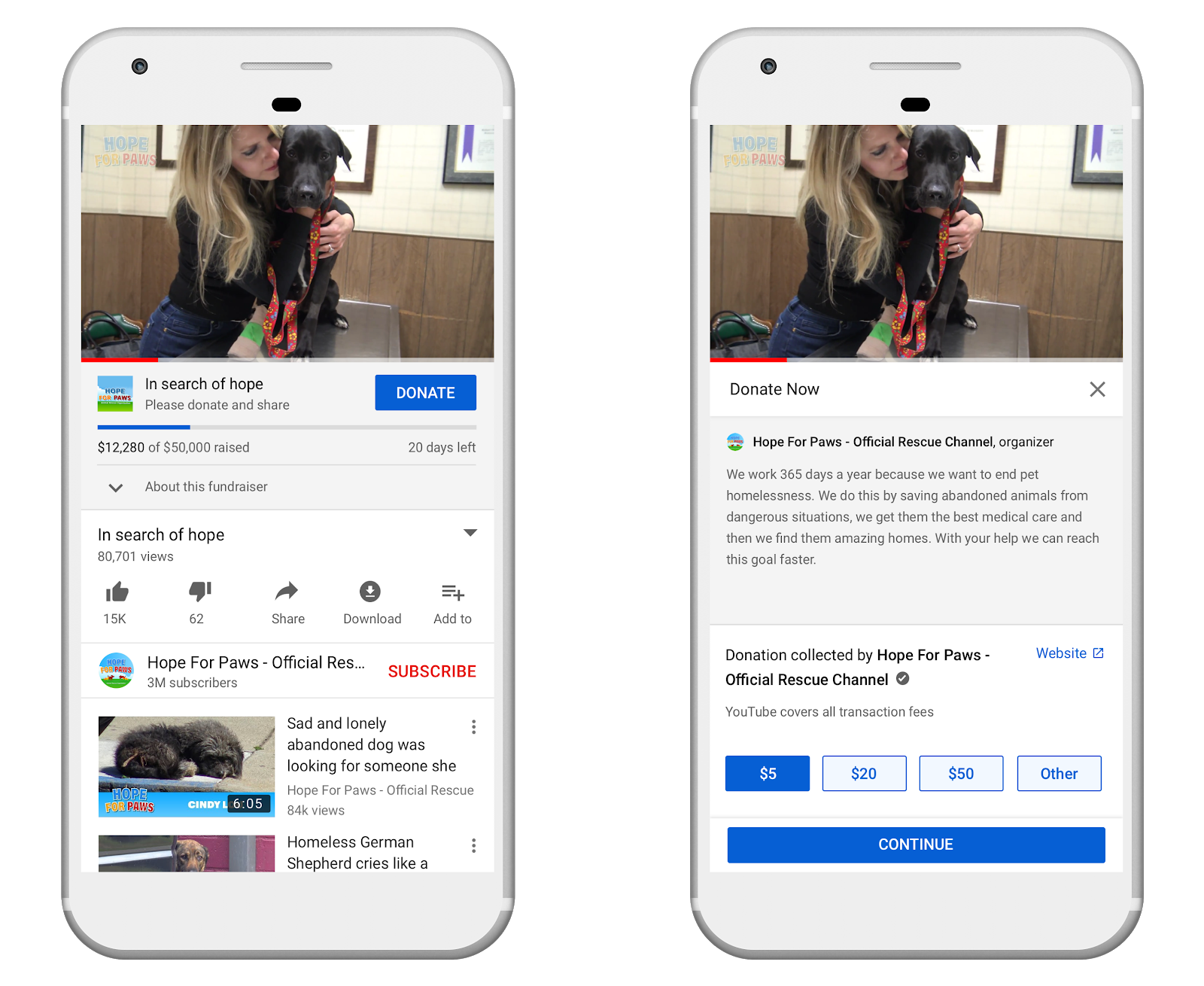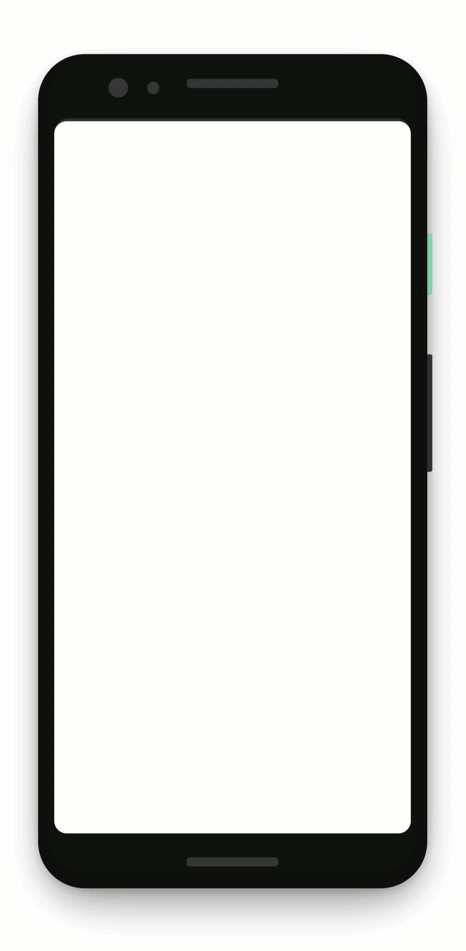There have been a lot of questions over the last few days about our policies on harassment, particularly around two YouTube creators: Carlos Maza and Steven Crowder. These are important issues and we’d like to provide more details and context than is possible in any one string of tweets.
Since YouTube started 14 years ago, we have focused on providing a platform where anyone can broadcast themselves, connect with people, and share their voices and their experiences with the world. This has brought a lot of good — like
Jouelzy, who founded the #smartbrowngirl movement to empower women of color, or
MatPat, a gaming creator — who, along with his fans and other creators — raised over $200,000 to combat mental illness. But it has also created many challenges. One of the most important issues we face is around harassment. We
enforce our policies here rigorously and regardless of the creator in question: In the first quarter of 2019, we removed tens of thousands of videos and accounts for violation of our policies on cyberbullying and harassment. We also removed hundreds of millions of comments, many of which were flagged and removed due to harassment.
That said, policies need to keep up with current problems. One particular challenge we face more and more these days is creator-on-creator harassment. It’s an issue that Susan addressed in her
latest creator letter. We update our policies on an ongoing basis to make sure they’re current. Just today, we
took another step in our fight against hate speech and our responsibility to reduce the spread of harmful borderline content. As mentioned, one of our upcoming projects will reexamine our harassment policy, as well.
As an open platform, we sometimes host opinions and views that many, ourselves included, may find offensive. These could include edgy stand-up comedy routines, a chart-topping song, or a charged political rant — and more. Short moments from these videos spliced together paint a troubling picture. But, individually, they don’t always cross the line.
There are two key policies at play here:
harassment and
hate speech. For harassment, we look at whether the purpose of the video is to incite harassment, threaten or humiliate an individual; or whether personal information is revealed. We consider the entire video: For example, is it a two-minute video dedicated to going after an individual? A 30-minute video of political speech where different individuals are called out a handful of times? Is it focused on a public or private figure? For hate speech, we look at whether the primary purpose of the video is to incite hatred toward or promote supremacism over a protected group; or whether it seeks to incite violence. To be clear, using racial, homophobic, or sexist epithets on their own would not necessarily violate either of these policies. For example, as noted above, lewd or offensive language is often used in songs and comedic routines. It's when the primary purpose of the video is hate or harassment. And when videos violate these policies, we remove them.
Not everyone will agree with the calls we make — some will say we haven’t done enough; others will say we’ve gone too far. And, sometimes, a decision to leave an offensive video on the site will look like us defending people who have used their platforms and audiences to bully, demean, marginalize or ignore others. If we were to take all potentially offensive content down, we’d be losing valuable speech — speech that allows people everywhere to raise their voices, tell their stories, question those in power, and participate in the critical cultural and political conversations of our day.
Even if a creator’s content doesn’t violate our community guidelines, we will take a look at the broader context and impact, and if their behavior is egregious and harms the broader community, we may
take action. In the case of Crowder’s channel, a thorough review over the weekend found that individually, the flagged videos did not violate our
Community Guidelines. However, in the subsequent days, we saw the widespread harm to the YouTube community resulting from the ongoing pattern of egregious behavior, took a deeper look, and made the decision to suspend monetization. In order to be considered for reinstatement, all relevant issues with the channel need to be addressed, including any videos that violate our policies, as well as things like offensive merchandise.
In the coming months, we will be taking a hard look at our harassment policies with an aim to update them — just as we have to so many policies over the years — in consultation with experts, creators, journalists and those who have, themselves, been victims of harassment. We are determined to evolve our policies, and continue to hold our creators and ourselves to a higher standard.
—Chris Dale, YouTube 






